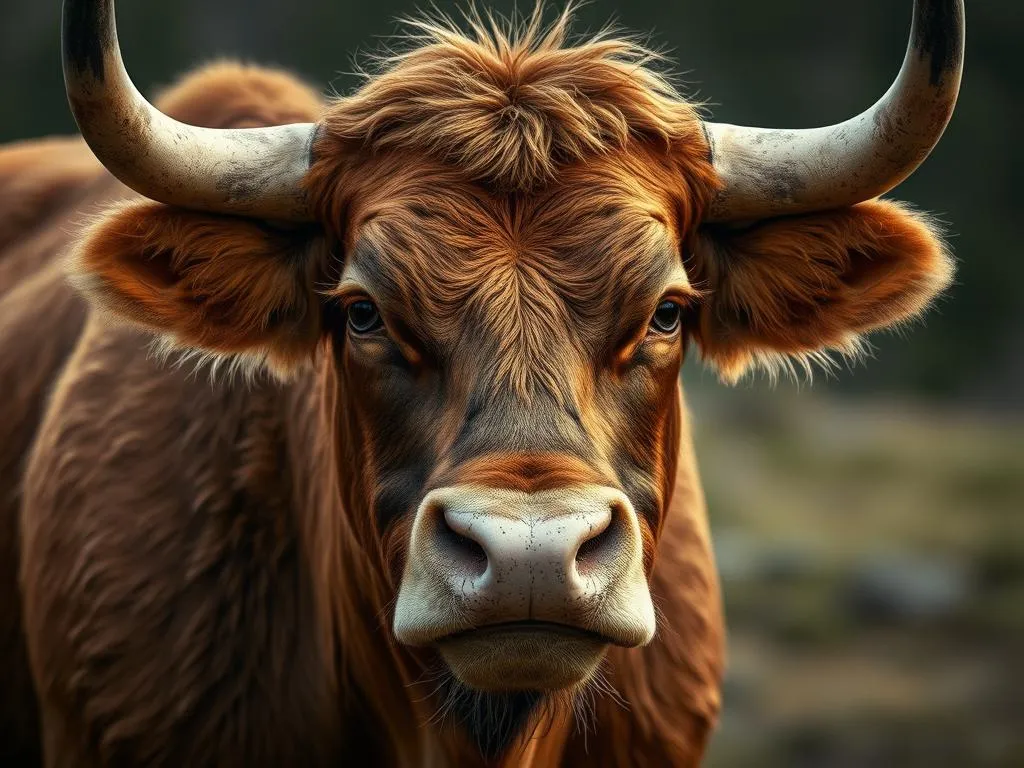
Introduction
Dog breeds are a fascinating aspect of the canine world, each boasting unique traits, histories, and characteristics. Understanding these breeds is essential for potential dog owners, as it helps in selecting the right companion for their lifestyle. Among the various classifications of dogs, mixed breeds have gained immense popularity in recent years. These dogs often combine the best traits from their parent breeds, making them not only adorable but also versatile companions.
One such mixed breed that has captured the hearts of many is the Bull Jack. This hybrid breed combines the energetic and playful nature of the Jack Russell Terrier with the strength and tenacity of the Bull Terrier. In this article, we will delve deep into the Bull Jack, exploring its characteristics, care requirements, and how it compares to other notable dog breeds.
Understanding Dog Breeds
What is a Dog Breed?
A dog breed is a specific group of domestic dogs with distinct characteristics, behaviors, and appearances. Dog breeds have been developed over centuries through selective breeding to fulfill specific roles in society—be it companionship, hunting, herding, or guarding. Understanding the definition and importance of dog breeds sets the foundation for appreciating the diversity in the canine world.
Historically, dogs have been bred for particular tasks. For example, herding breeds like the Border Collie were developed for their intelligence and agility, while toy breeds like the Chihuahua were bred primarily for companionship. This historical context highlights the evolution of breeds, resulting in the rich variety we see today.
The Importance of Breeds
Dog breeds play a significant role in society, both as working animals and beloved pets. Different breeds are suited for various tasks and lifestyles, impacting their temperament, behavior, and health. For instance, working breeds, such as the German Shepherd, are often employed in police work due to their intelligence and trainability, while lapdogs like Pomeranians provide companionship and comfort.
Understanding breed characteristics is crucial for potential owners. Different breeds exhibit varying levels of energy, loyalty, and sociability, all of which can affect their compatibility with families, children, and other pets.
Mixed Breeds vs. Pure Breeds
Mixed breeds are dogs that have ancestry from two or more different breeds, while pure breeds have a lineage that can be traced back to a specific breed standard. Both types have their own advantages and disadvantages.
Pros of Mixed Breeds:
– Genetic diversity often leads to fewer hereditary health issues.
– Unique appearances and personalities.
– Typically adaptable to various living conditions.
Cons of Mixed Breeds:
– Unpredictable traits, as they may inherit characteristics from multiple breeds.
– Lack of breed standards can lead to confusion regarding care and training.
Pros of Pure Breeds:
– Predictable traits and characteristics.
– Established breed standards facilitate training and care.
Cons of Pure Breeds:
– Higher risk of hereditary health issues due to limited genetic diversity.
– Some breeds may require specific care due to their unique traits.
The Bull Jack: A Detailed Overview
What is a Bull Jack?
The Bull Jack is a hybrid breed resulting from the crossbreeding of the Bull Terrier and the Jack Russell Terrier. This mix combines the Bull Terrier’s strength and loyalty with the Jack Russell’s agility and vivacity. The Bull Jack is known for its spirited personality and strong bond with its family.
Physical Characteristics
The Bull Jack is a medium-sized dog, typically weighing between 25 to 50 pounds and standing around 12 to 16 inches tall. Its appearance can vary significantly, influenced by its parent breeds. Generally, Bull Jacks have a muscular build, a broad head, and expressive eyes.
In terms of coat color, Bull Jacks can exhibit a variety of colors, including white, brindle, black, and tan. Their coats are short and smooth, requiring minimal grooming.
Temperament and Behavior
The Bull Jack is known for its lively and affectionate nature. This breed typically exhibits the following personality traits:
- Playfulness: Bull Jacks are energetic dogs that love to play and engage with their owners. They thrive in an active environment where they can run and explore.
- Loyalty: They are known for their strong attachment to their families, often forming close bonds with their owners and children.
- Intelligence: With their parentage, Bull Jacks are intelligent and eager to learn, making them relatively easy to train, provided they receive early socialization and consistent guidance.
Due to their playful nature, Bull Jacks often do well with children and other pets, provided they are properly socialized. However, their strong prey drive, a trait inherited from the Jack Russell, may lead to chasing smaller animals if not managed.
Health Considerations
As with any breed, the Bull Jack is prone to certain health issues. Common concerns include:
- Skin Conditions: Due to their short coats, Bull Jacks may develop skin allergies or irritations.
- Joint Issues: Like many medium-sized dogs, they may be susceptible to hip dysplasia or other joint-related problems.
The average lifespan of a Bull Jack is around 12 to 15 years. Regular veterinary check-ups, a balanced diet, and proper exercise can help mitigate potential health issues and ensure a long, healthy life.
Caring for a Bull Jack
Nutrition and Diet
To keep your Bull Jack healthy, a well-balanced diet is essential. Here are some dietary needs and feeding guidelines:
- Quality Dog Food: Choose high-quality commercial dog food that meets the nutritional requirements for medium-sized active dogs. Look for options rich in protein, healthy fats, and carbohydrates.
- Life Stages: Puppies, adults, and seniors have different dietary needs. Ensure you adjust their food accordingly as they grow.
- Portion Control: Monitor their food intake to prevent obesity, which can lead to health issues.
Exercise Requirements
The Bull Jack is an energetic breed, requiring regular exercise to stay healthy and happy. Here are some recommendations:
- Daily Walks: Aim for at least 30 to 60 minutes of exercise each day, which can include walks, runs, or playtime in the yard.
- Mental Stimulation: Engage their minds with puzzle toys, training sessions, or agility courses to keep them mentally active.
- Interactive Play: Activities like fetch or tug-of-war can provide both physical and mental stimulation.
Training and Socialization
Training and socialization are crucial for a Bull Jack to develop into a well-behaved adult. Here are some tips:
- Start Early: Begin training and socialization as early as possible to instill good habits and expose them to different environments, people, and pets.
- Positive Reinforcement: Use positive reinforcement techniques, such as treats and praise, to encourage desired behaviors.
- Consistency is Key: Establish consistent commands and routines to help your Bull Jack understand expectations.
Grooming Needs
Despite their short coats, Bull Jacks require some grooming to maintain their overall health. Here are some grooming tips:
- Bathing: Bathe your Bull Jack as needed, usually every few months, or when they become dirty.
- Brushing: Regular brushing (once a week) can help remove loose hair and dirt, keeping their coat healthy.
- Nail Trimming: Regular nail trimming is essential to prevent overgrowth and discomfort.
Other Notable Dog Breeds
Popular Breeds in the United States
The United States boasts a variety of popular dog breeds, each with its unique traits. Here are a few notable examples:
- Labrador Retriever: Known for their friendly and outgoing nature, Labradors are excellent family pets and working dogs.
- German Shepherd: Intelligent and versatile, German Shepherds excel in various roles, including police and service work.
- Golden Retriever: Affectionate and intelligent, Golden Retrievers are known for their gentle temperament, making them great companions.
Unique and Rare Breeds
While many breeds are well-known, some unique and rare breeds deserve recognition:
- Basenji: Known as the “barkless dog,” the Basenji is recognized for its unique yodel-like sound and independent nature.
- Xoloitzcuintli (Mexican Hairless Dog): This ancient breed is known for its hairless coat and is considered a national treasure in Mexico.
Breeds for Specific Needs
Certain dog breeds are better suited for specific lifestyles and needs. Consider the following:
- Families: Breeds like the Labrador Retriever and Beagle are known for their friendly and sociable nature, making them great family pets.
- Seniors: Smaller, more manageable breeds like the Pug or Cavalier King Charles Spaniel can be ideal for older adults due to their gentler energy levels.
- Allergy sufferers: Hypoallergenic breeds like the Poodle or Bichon Frise are often recommended for individuals with allergies.
Conclusion
In summary, understanding dog breeds, particularly the Bull Jack, is essential for anyone considering adding a canine companion to their family. The Bull Jack combines the best traits of its parent breeds, resulting in a loyal, energetic, and loving pet. By exploring the characteristics, care requirements, and health considerations of this breed, you can ensure that you provide the best environment for your Bull Jack.
Moreover, the diverse world of dog breeds is rich with options, catering to various lifestyles and preferences. By learning about different breeds, potential dog owners can make informed decisions, ultimately leading to a harmonious relationship between humans and their canine companions. Whether you choose to adopt a Bull Jack or explore other breeds, the journey of dog ownership promises to be rewarding and filled with unconditional love.









